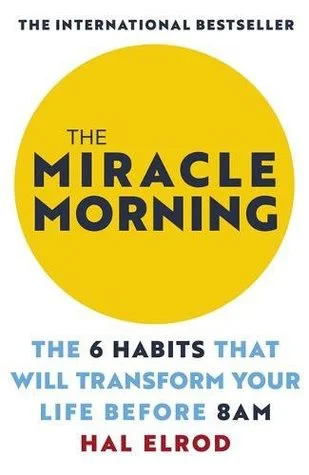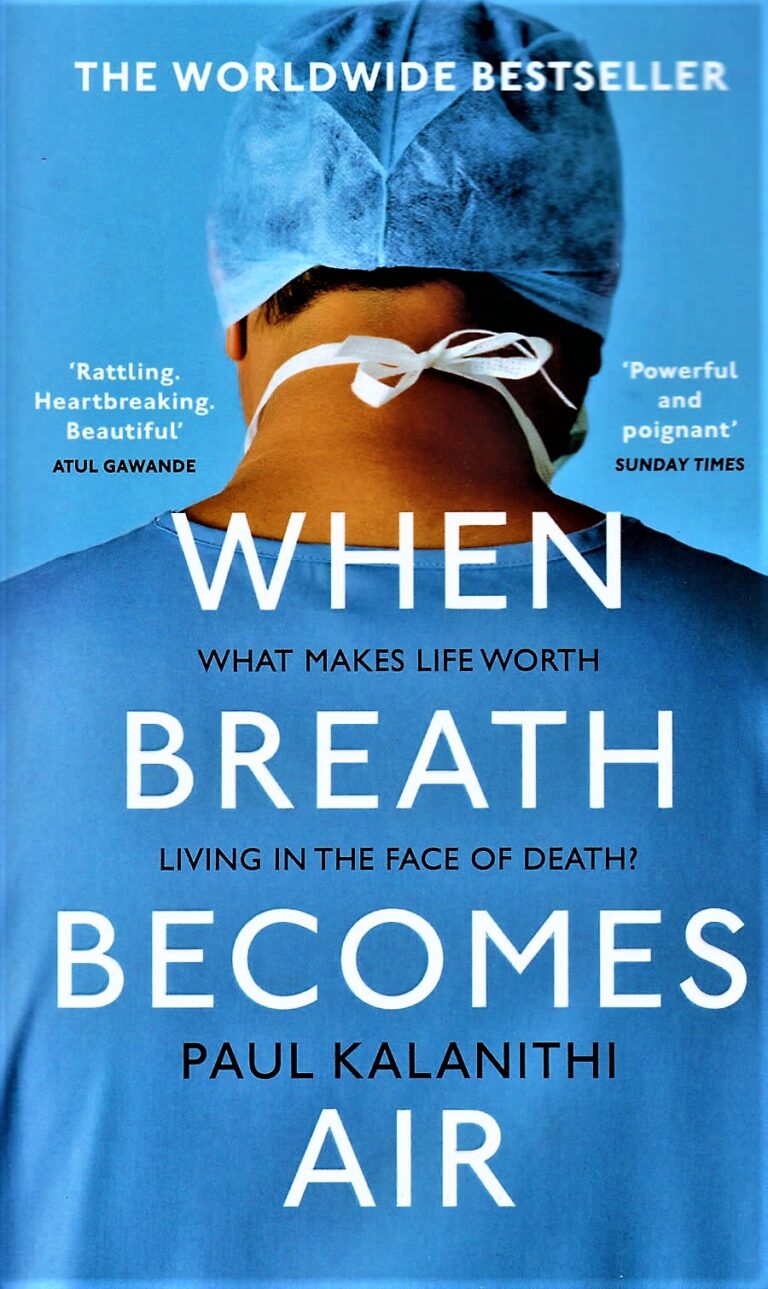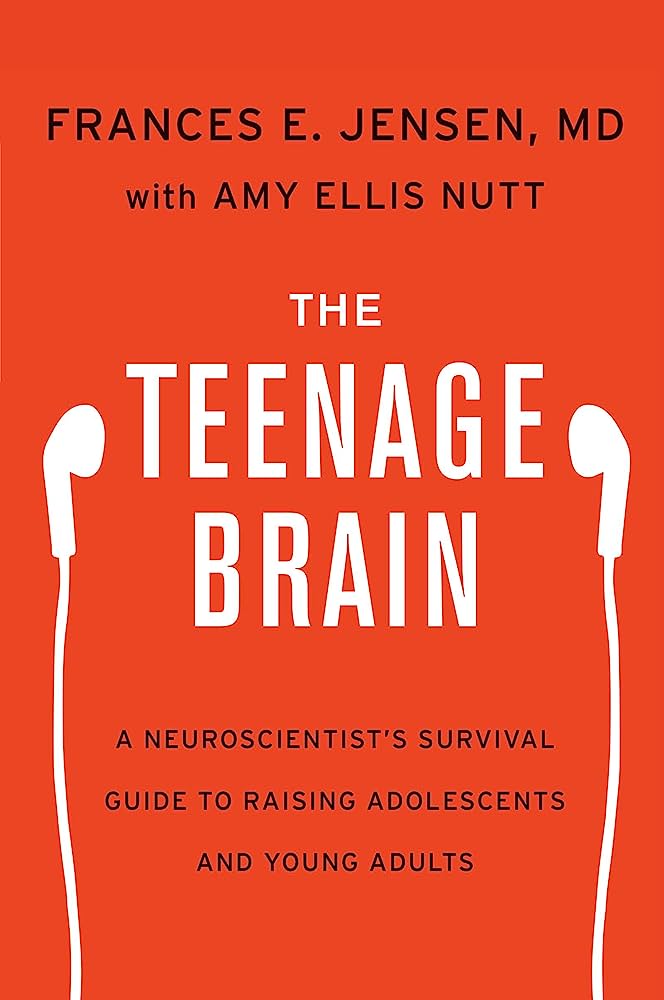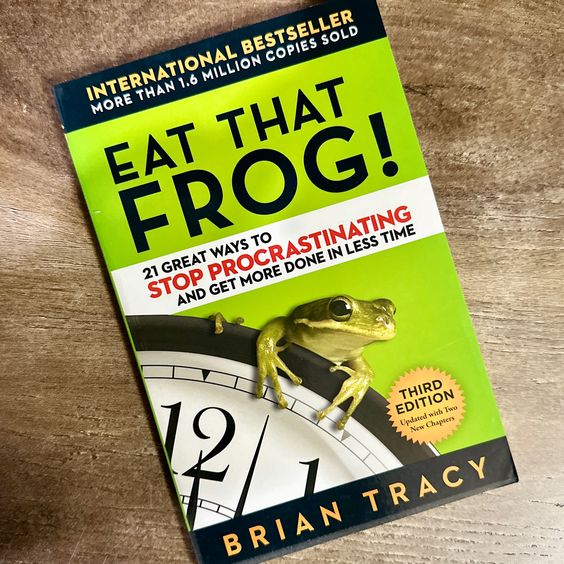Atomic Habits Chapter 5-8 Book Summary
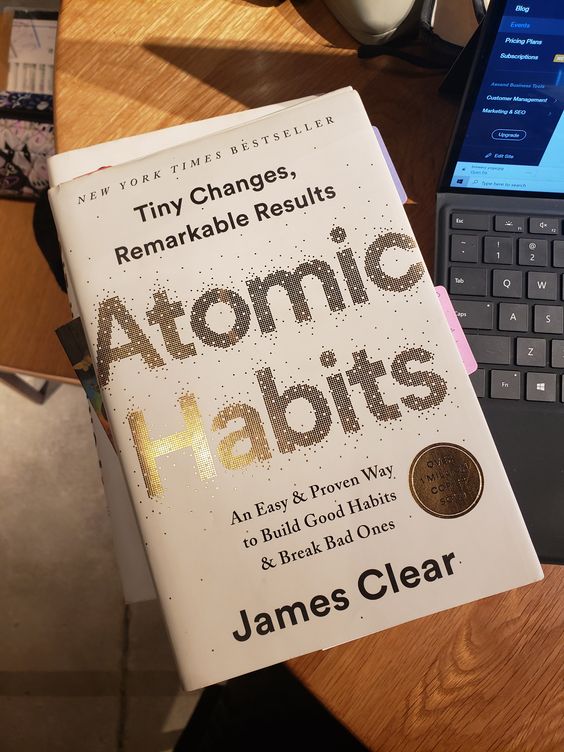
Chapter 5: The Best Way to Start a New Habit
Atomic Habits by James Clear, practical insights on how to start and sustain new habits are shared. Such occurs by making habits easy to begin and incorporating them with the existing routines.
The first approach to starting and sustaining a new habit is through the “Two Minute Rule” concept. According to Clear, we should start a new habit by taking an action that is easy to complete in two minutes or less. The main idea behind the “Two Minutes Rule” is to ensure that the initial step of habit formation is as easy and manageable as possible. When the barrier to entry is reduced, one is likely to get started and build momentum.
The second approach to building new habits is through starting small. According to James Clear, the size of the first action is not as crucial as its consistency. In this case, starting with small and manageable tasks assists one in overcoming the resistance of getting started. The main goal of starting small is to make the habit so easy that one cannot say no.
The “Gateway Habit” is another step towards developing new habits. What is a gateway habit? According to Clear, a gateway habit is a small habit that usually leads to more significant ones in that we can relate to a domino impact of a positive change. For instance, if you want to develop a habit of working out, the gateway habit would be exercising for only 15 minutes a day.
Habit stacking is also key to starting a new habit. What is habit stacking? As per the book, habit stacking refers to tying a desired habit to an existing one (See the diagram below). Other approaches towards starting new habits include focusing on frequency, not intensity, the Goldilocks Rule, and the Downside of Goals.
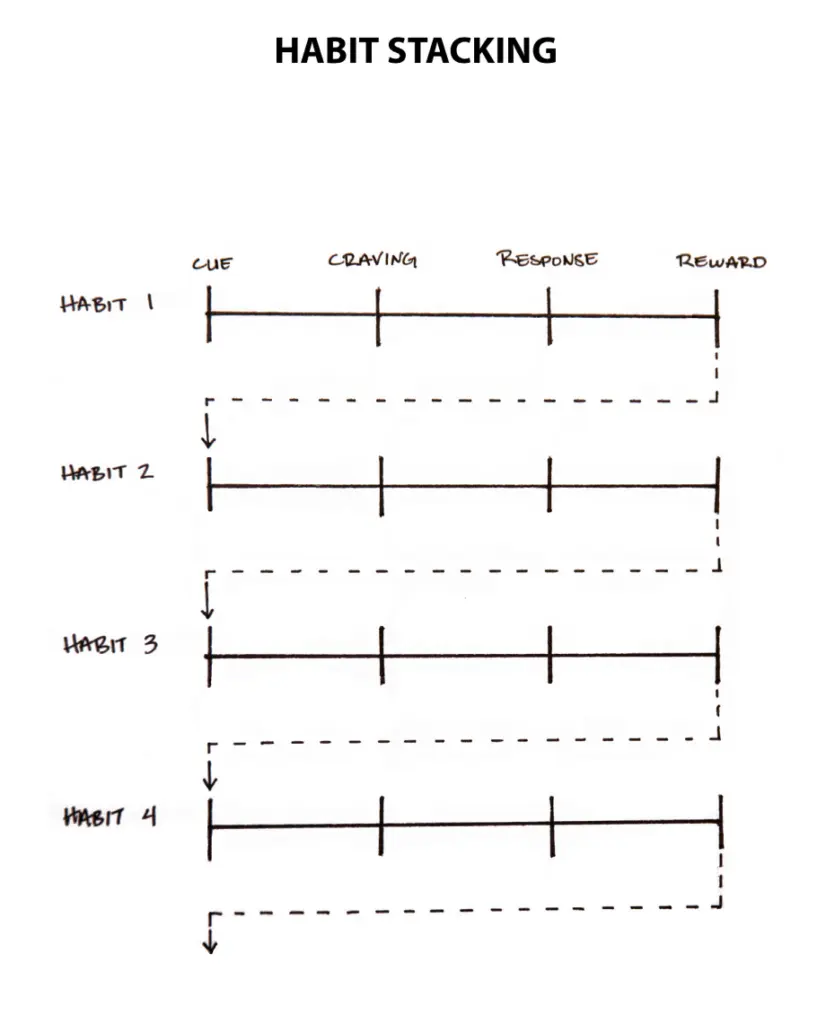
Chapter 5 Notable Quotes
- The goal is to make the time and location so obvious that, with enough repetition, you get an urge to do the right thing at the right time, even if you can’t say why.
- Many people think they lack motivation when what they really lack is clarity.
Chapter 6: Motivation Is Overrated; Environment Often Matters More.
In this chapter, James Clear emphasizes the crucial role of our surroundings in habit development, which mostly overshadows the importance of motivation. We learn that an environment is an invisible hand that usually shapes human behavior. In this case, Clear argues that the environment influences decisions more than motivation or willpower. If we optimize our surroundings, we make positive habits easier to adopt and bad ones harder.
The chapter also explains how we should make cues of good habits obvious in our current environment. If, for example, we want to develop a habit of drinking enough water, we can fill a water bottle and place it in the working area. Clear also points out that the most persistent behaviors have multiple cues.
Chapter 6 Notable Quotes
- Environment is the invisible hand that shapes human behavior.
- If you want to make a habit a big part of your life, make the cue a big part of your environment.
- If you want behaviors that are stable and predictable, you need an environment that is stable and predictable.
Chapter 7: The Secret to Self-Control
The inversion of the 1st Law of Behavior Change is to make it invisible. In this case, once a behavior is developed, it becomes harder to be forgotten. James Clear also shares a study on Vietnam soldiers. When the Vietnam soldiers addicted to heroin returned home, they had higher recovery rates. Such shows that one of the key ways of eliminating a bad habit is reducing exposure to the cues that cause it.
Contrary to the known belief that people require strong discipline as well as willpower to break certain habits, Clear suggests spending “less time in tempting situations.” According to him, breaking a bad habit requires one to inverse the 1st Law of Behavior Change and reduce exposure to cues that trigger them. Cutting off the source of bad habits and eliminating it becomes easy.
Chapter 7 Notable Quotes
- Self-control is a short-term strategy, not a long-term one.
- The people with the best self-control are typically the ones who need to use it the least.
- Make the cues of your good habits obvious and the cues of your bad habits invisible.
Chapter 8: How to Make a Habit Irresistible
The 2nd Law of Behavior Change is to make it attractive. In this chapter, Clear argues that the more an opportunity is attractive, the more likely it is to become habit-forming. From this chapter, we learn that habits are dopamine-driven feedback loops. Once we engage in a habit and experience higher dopamine, our motivation to repeat it increases. In this case, any habit-forming behavior, including pornography, overeating, and alcohol abuse, are linked to higher dopamine levels.
Why do people engage in some harmful behaviors? From this chapter, we learn that anticipation of a reward can also be a motivating factor to conduct a behavior. In this case, many people engage in a behavior anticipating a reward and not the fulfillment of it. The greater the anticipation an individual has, the higher the dopamine spikes.
If we want to develop new habits, on the other hand, temptation bundling is key. This strategy involves pairing an action one wants to develop with an action one needs to do.
Chapter 8 Notable Quotes
- The more attractive an opportunity is, the more likely it is to become habit-forming.
- Habits are a dopamine-driven feedback loop. When dopamine rises, so does our motivation to act.
- It is the anticipation of a reward—not the fulfillment of it—that gets us to take action. The greater the anticipation, the greater the dopamine spike.

